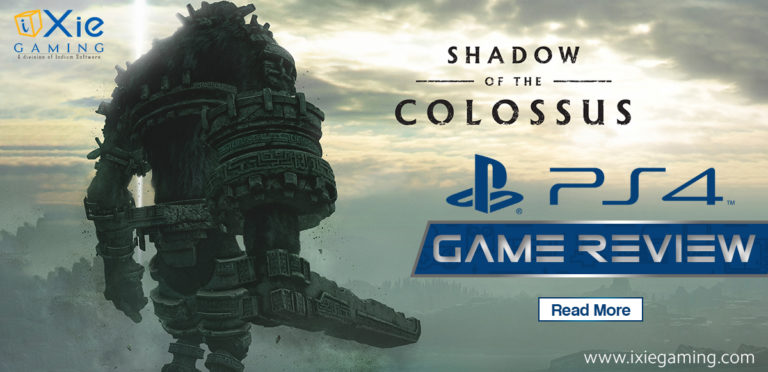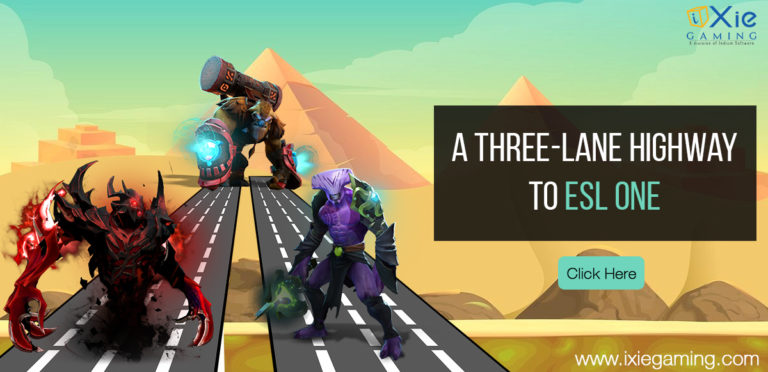Thinking like a Gamer
A very intrinsic characteristic to humanity is that of critically thinking about things and being able to be creative. This psychology is found in different frequencies amongst different age groups, depending on the upbringing of an individual, or other outside factors such as culture, institutionalization, and human influence. This leads to forms of thinking- which are divergent or lateral thinking and convergent thinking.
Convergent thinking is about categorizing ideas into groups so the overall decision-making process becomes easier. It relies on a more rational method of thinking wherein the decision-maker can look through a lens of desirability and whether the idea is feasible or viable. Convergent thinking focuses on building upon a single solution to a problem, wherein critical thinking and factoring in probabilities becomes a huge part of arriving at a singular solution.
Recent Post: Iconic videogame characters that deserve a return
The core of divergent thinking is about being able to discover connections between thoughts and ideas spontaneously. This is done to achieve the same “correct” result a convergent thinker would reach. It is often also called lateral thinking and it refers to the process of creating a variety of unique ideas and solutions to a problem. This is a lot more spontaneous and free-flowing form of thinking that requires the individual to think of the different outcomes and routes ahead.

The Limits of Imagination
In his book, “Breakpoint and Beyond”, George Ainsworth-Land performed a longitudinal study of 1600 kindergarteners ranging from the ages 4-5. It was a test of creativity very similar to one administered on NASA engineers to find out how well someone might be able to find multiple uses and create innovative solutions with available materials around them. Surprisingly enough, only 2% of the average adult (around 31 years) got a genius score. And on the contrary, 98% of the 1600 kindergartners scored at a genius level.

When there are 3 ways of completing a game level, it firstly reduces the replayability value of the game, and also critically deters the player from being able to think outside the box. When most game developers have one or two determined solutions to completing a puzzle, task or part of a game, it makes the common player uncomfortable to even think about all the other possible ways they can complete the level. This brings us to the problem in game development which is very akin to a problem in education.
In the educational system, there are circumstances when you finish a math problem but have used a different method from what is prescribed to you- hence you may have had marks deducted. Similarly, when you find the perfect way to complete a puzzle in a game, but then realize that the game was not ready for you to do that part yet, it translates to show that the developers had only given one or two “right” solutions to finish that particular puzzle or level.
The curriculum in the education system; or the game developer here, have the intent to put across the “right” method and it is pretty much how the educator or the developer would do things themselves. Games that are completed in any other form or manner, are considered either cheating or “not following instructions”. This very conditioning is the reason why an open-ended answer or a puzzle can be so jarring, it becomes less about answering the question and more about “what do YOU want me to do”?
George Land believes that children quickly lose their ability to think creatively as they grow. It is tough for lateral thinking to be explored to their fullest extents, when the school curriculum historically is against collaboration because it’s cheating, against experimentation because students need to try a tried-and-true method.
The Need to Speed Run
A large group of passionate content creators and video makers, love video games to an extent that it’s not to simply play it, but also make it a point that it is broken down and rebuilt together as a community. This means that finding newer avenues to achieve the same result the game developers sought for a player to experience is the primary goal. The sky is the limit when it comes to the kind of handicaps one puts themselves through to achieve it under varying conditions. This can mean that their character takes extra damage, so they might have to be more careful playing the overall game, or maybe the timer goes twice as fast so they player is forced to find solutions in the fastest manner possible.
A game titled Legend of Zelda is a long-running intellectual property of Nintendo’s whose first release goes all the way back to 1986. It is a fantasy action-adventure video game with elements such as puzzles in the game-world, real-time combat in-game and dungeons that are designed from top to bottom meticulously.
It’s a speed runner’s dream to be able to run through these dungeons and games but it’s done primarily to find the easiest solutions and to find out where the game tends to not keep up with the human brain after the player gets used to the level designs. Speed running is both a sport and a tool to understand the nuances and intricacies of game mechanics. This will directly result in the helping the community in terms of being more innovative game developers.
George Land argues that exploring ideas are important to cognitive development, whether you had a good idea or a bad one, because you need to figure out “why” it was a good or a bad idea. Open ended puzzles therefore help one to explore their solution to the furthest conclusions, enable one to learn from their mistakes, improve understanding and grow your ability to think creatively without having to wonder if you missed the intended strategy.

The Golden Takeaway
Education is not and probably will never be perfect, and neither will game design. Humanity is more industrious and creative today. In a school setting, the hurdle is that it tries to teach divergent and convergent thoughts through the same medium, which can be starkly different to deal with individually. Creative thoughts can get stifled a bit, because of pre-determined things the teachers or developers wants us to learn and there is not anything wrong with that method. Often so, it is rewarding to take time and learn these methods as they are experiences that are worth knowing nonetheless.
Speed running becoming a sport of its own has only garnered game development companies to start catering to this particular niche as a sport. Games that can be easily picked up, with fun game mechanics and having a rewarding system would usually make the mark as they can be revisited over multiple instances for varying results. It is getting more and more important for game testers to turn their eyes to the community they cater to in this day and age.
Increase Scalability, Flexibility and Performance of your Game with our specialized Game QA Service.






